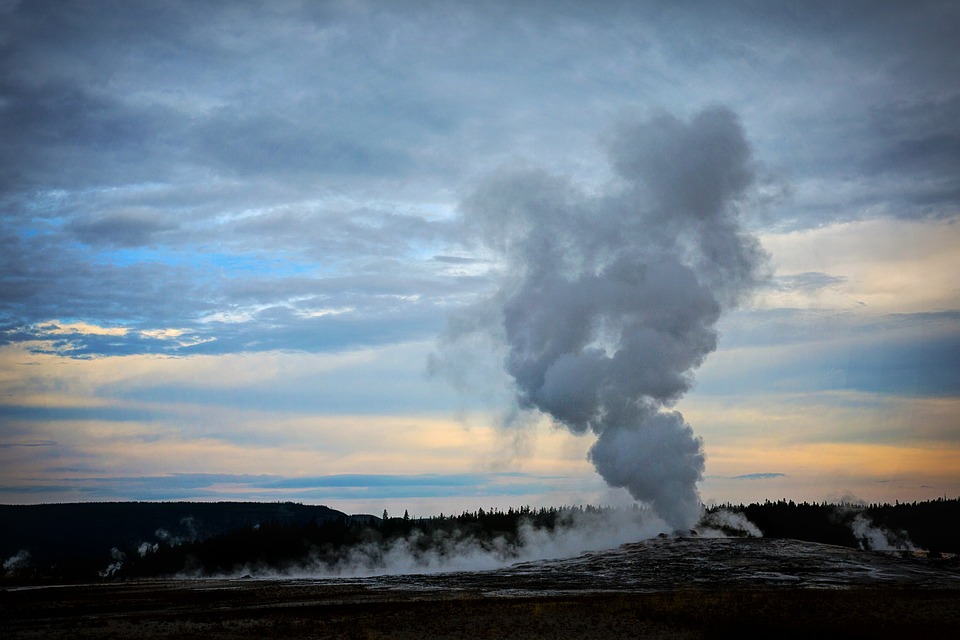Beyond the Textbooks: 5 Remarkable Scientific Discoveries That Changed the Way We See the World
Introduction
Throughout history, human curiosity and ingenuity have driven us to unravel the mysteries of the universe. Science plays a significant role by fostering new technologies, enhancing our understanding of the world we live in, and pushing the boundaries of knowledge. The following paragraphs present five mind-boggling scientific breakthroughs that have fundamentally reshaped how we view our world, often in ways that surprise and challenge our preconceptions. These exceptional achievements not only revolutionized our understanding of reality but also provided a bedrock for further discoveries and innovations.
1. Discovery of Penicillin: The Miracle of the Invisible
In 1928, Scottish bacteriologist Alexander Fleming made a seemingly simple observation that led to a groundbreaking invention. He discovered that a mold called Penicillium notatum inhibited the growth of Staphylococcus aureus bacteria in a Petri dish. Little did he know the full potential his discovery held. Penicillin, as the substance derived from the mold was named, would change the face of modern medicine. Through years of research and experimentation, Nobel laureate Howard Florey and Ernst Chain, developed the world’s first antibiotic, leading to the treatment of previously fatal bacterial infections. By the mid-20th century, it was mass-produced and became the most prescribed antibiotic, saving millions of lives from deadly infections. The discovery revolutionized public health and paved the way for new antibiotics, making a series of previously lethal diseases manageable and extending the human lifespan.
Image: A Petri dish with Penicillium notatum.
FAQ: What year was penicillin discovered?
Answer: Penicillin was discovered in 1928, by Alexander Fleming.
2. The Discovery of DNA’s Structure: A Blueprint of Life
In 1953, James Watson and Francis Crick made an extraordinary breakthrough in understanding the building blocks of life. They uncovered the double helix structure of deoxyribonucleic acid(ref. Image: Watson and Crick’s DNA model). Their discovery of the DNA structure unlocked the mysteries of genetics and heredity, kickstarting the revolutionary field of genetic engineering. This discovery influenced numerous advancements in medicine, agriculture, and forensic science. Moreover, it further beckoned the era of bioinformatics, a field that has come to be one of the fundamental tools of 21st Century biomedical research.
FAQ: Who were the scientists behind the discovery of the structure of DNA?
Answer: The structure of DNA was discovered by James Watson and Francis Crick in 1953.
3. Einstein’s Theory of Relativity: The Building Blocks of the Universe
Albert Einstein’s introduction of the Theory of Relativity in 1905 and its extension in 1915 completely transformed the way we perceive the workings of the universe. It entailed that the speed of light was constant, overturning the earlier Newtonian rules of physics. The validity of this theory was proven when Arthur Eddington observed a total solar eclipse in 1919. The theory explained the motion of the planets, the origin of cosmic rays, gravitational lensing, and provided the foundation for modern cosmology, ultimately leading to the concept of black holes, time dilation, and the Big Bang theory.
Image: The famous 1919 headline “Lights all askew in the heavens” alongside photographs of the stars around the Sun during the solar eclipse confirming Einstein’s theory.
FAQ: What two major concepts were part of Einstein’s Theory of Relativity?
Answer: The two major concepts in Einstein’s theory were that the speed of light is constant in all frames of reference, and gravity is the warping of spacetime by mass.
4. The Discovery of the Higgs Boson: Hidden in Plain Sight
The Higgs Boson discovery in 2012 sent shockwaves through the world of particle physics. Dubbed as ‘God particle’, it elucidated our understanding of the Standard Model of particle physics. Michael Kibble, Peter Higgs, François Englert, and Robert Brout proposed the existence of this subatomic particle in the 1960s. However, it was not until 2012, at CERN’s Large Hadron Collider, when scientists confirmed its existence—a cornerstone for understanding how fundamental particles acquire mass.
Image: The CERN collider with the Higgs Boson discovery charts (ref. Image: The Large Hadron Collider inside the tunnel).
FAQ: Where was the Higgs Boson discovered?
Answer: The Higgs Boson was discovered at CERN’s Large Hadron Collider in Geneva, Switzerland.
5. CRISPR: The Editing Machine of Life
CRISPR (Clustered Regularly Interspaced Short Palindromic Repeats) was first observed in bacteria in the 1980s but only known for its function as a defense mechanism against viruses. Scientists Jennifer Doudna and Emmanuelle Charpentier harvested this mechanism for genome editing in 2012. By utilizing CRISPR-Cas9 as a genetic “scissors,” this revolutionary discovery paved the way for precise and efficient alteration of human DNA, heralding a new era in genetic engineering.
Image: A graphical representation of the CRISPR-Cas9 mechanism.
FAQ: Who played a key role in adapting CRISPR for genome editing?
Answer: The adaptation of CRISPR for genome editing is credited to Jennifer Doudna and Emmanuelle Charpentier.
Conclusion
These monumental achievements have shifted humanity’s perspective on life, the universe, and technology. These scientific revolutions, none of which were foreseen from the textbooks. Celebrating these novelties, we continue to relentlessly inquire and seek a deeper understanding of the reality around us.
The exciting evolution of scientific understanding shows how payer attention can dislodge concealed truths, bringing about significant changes in the way we perceive and interact with our world.



